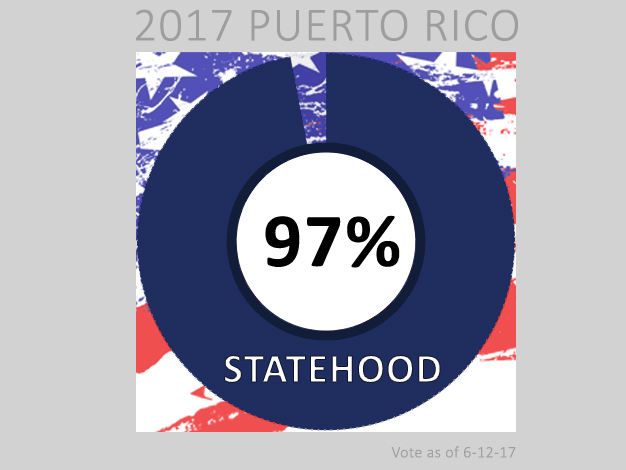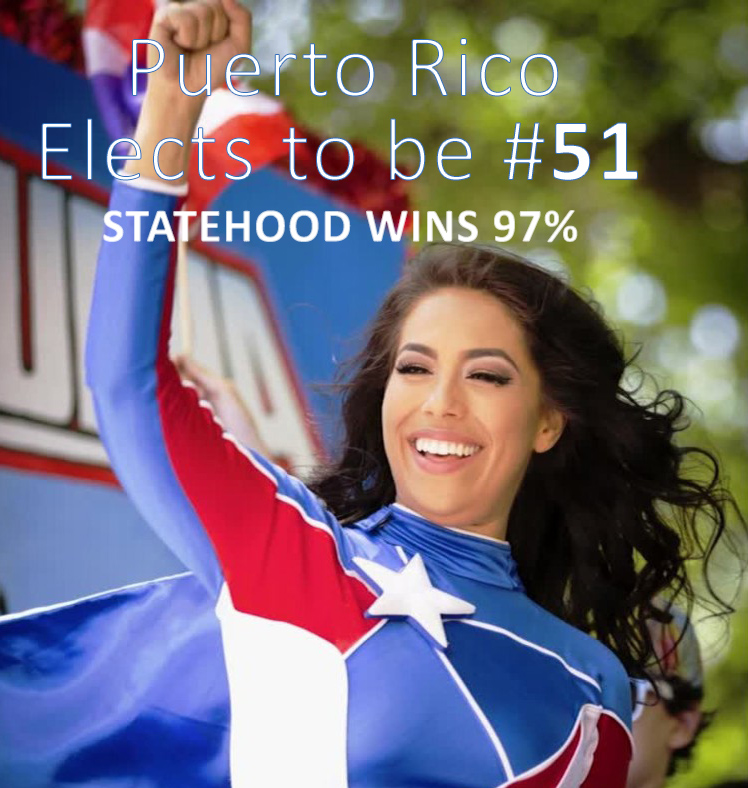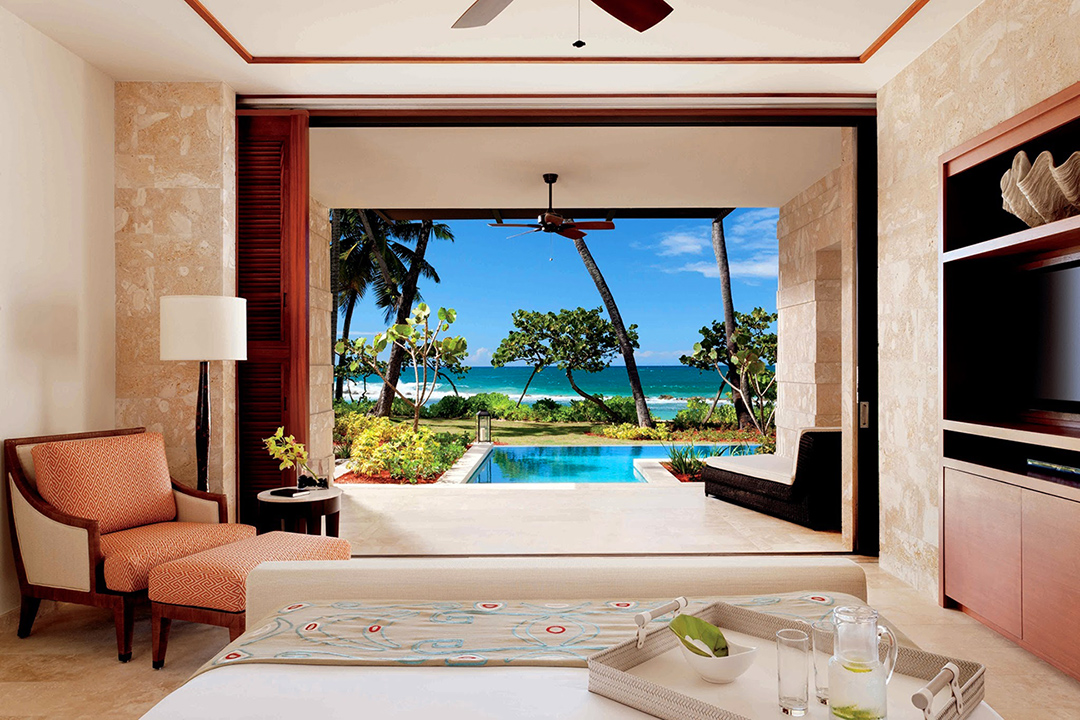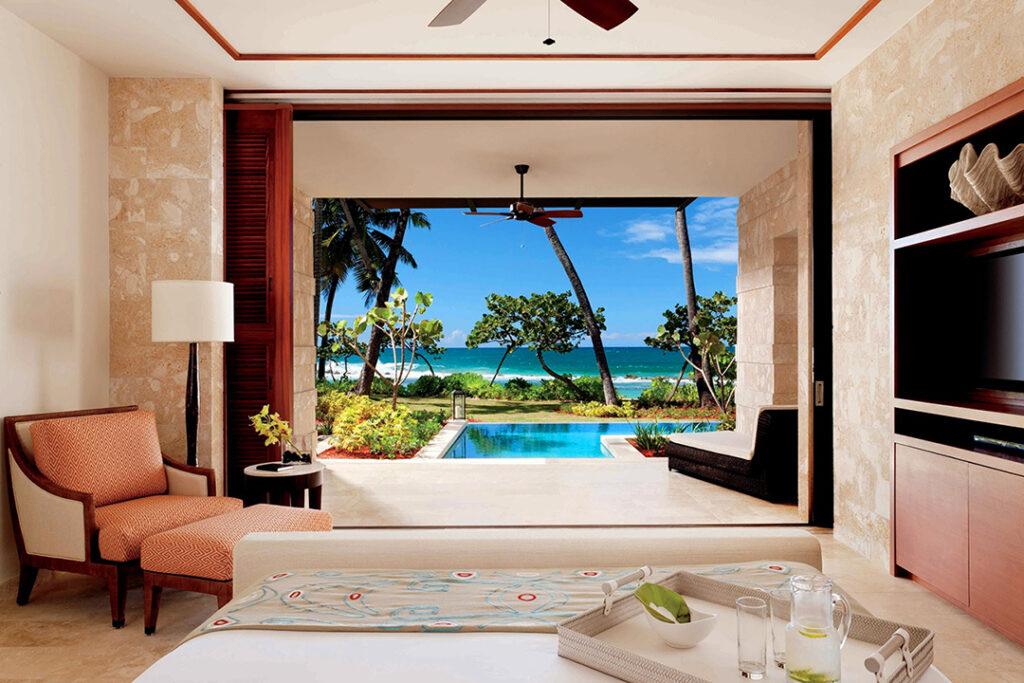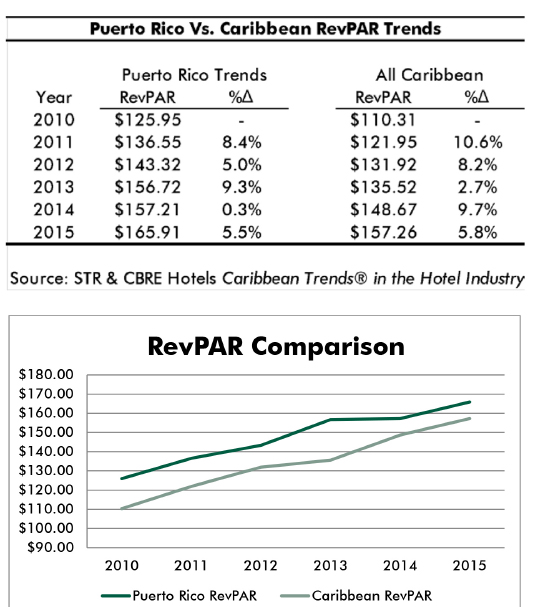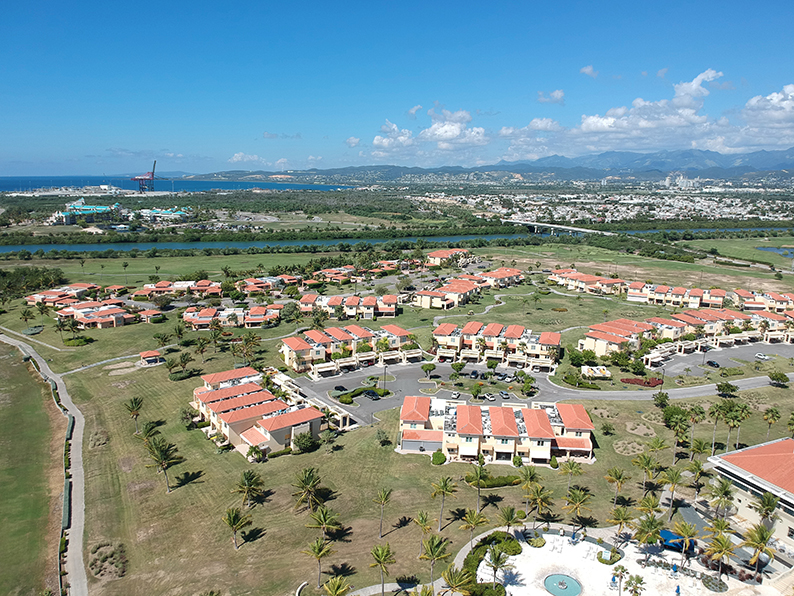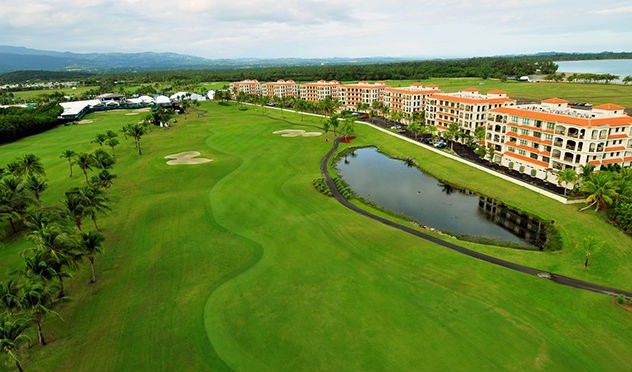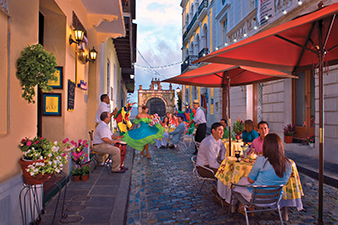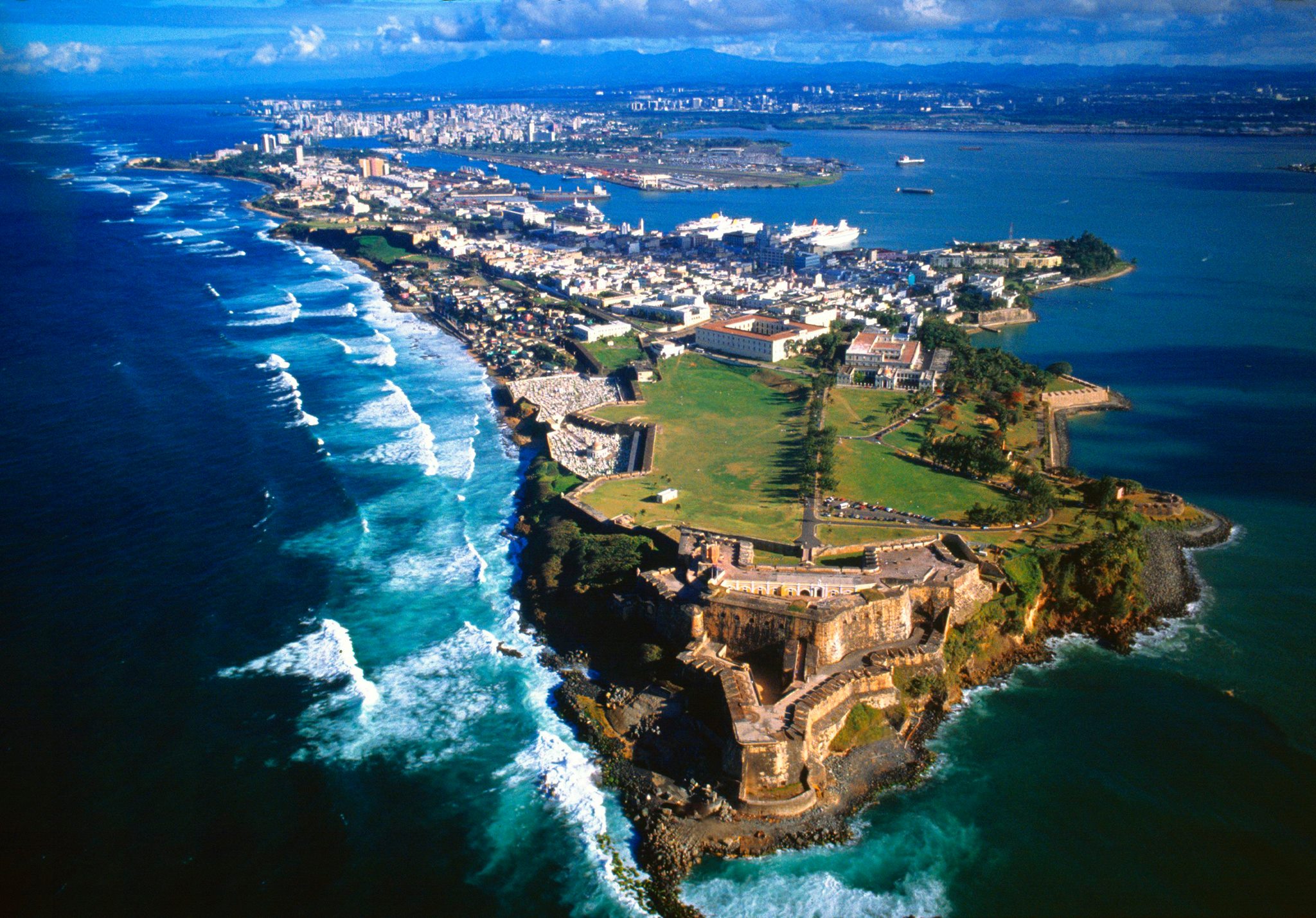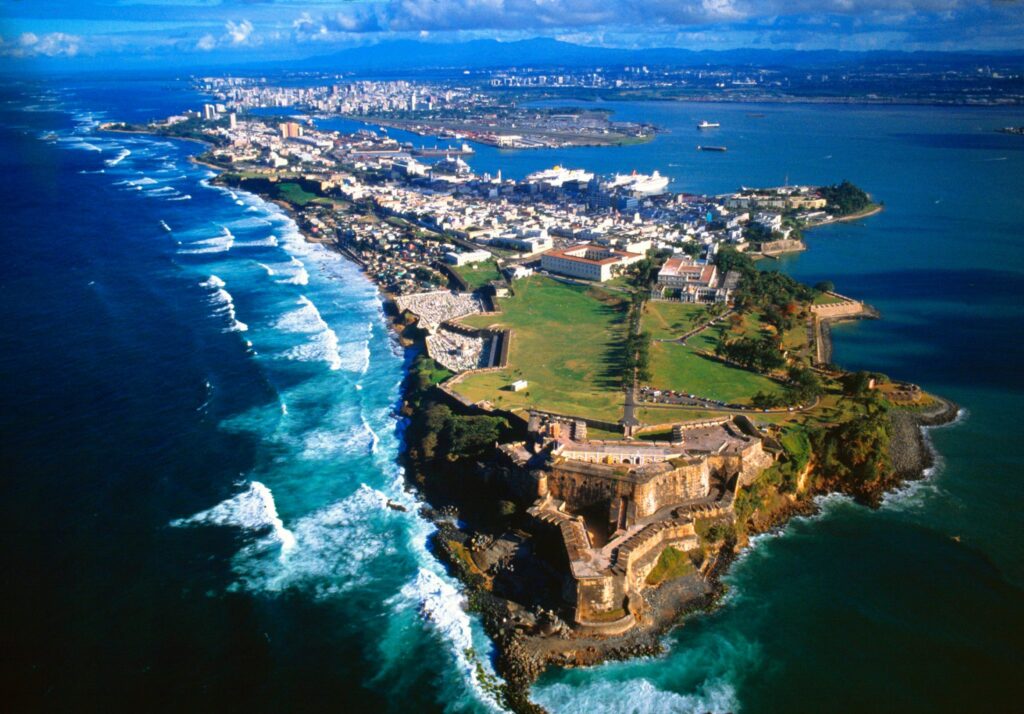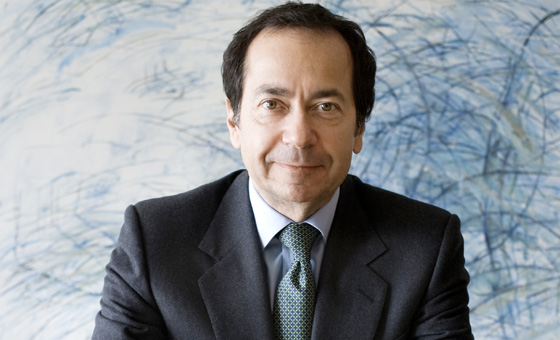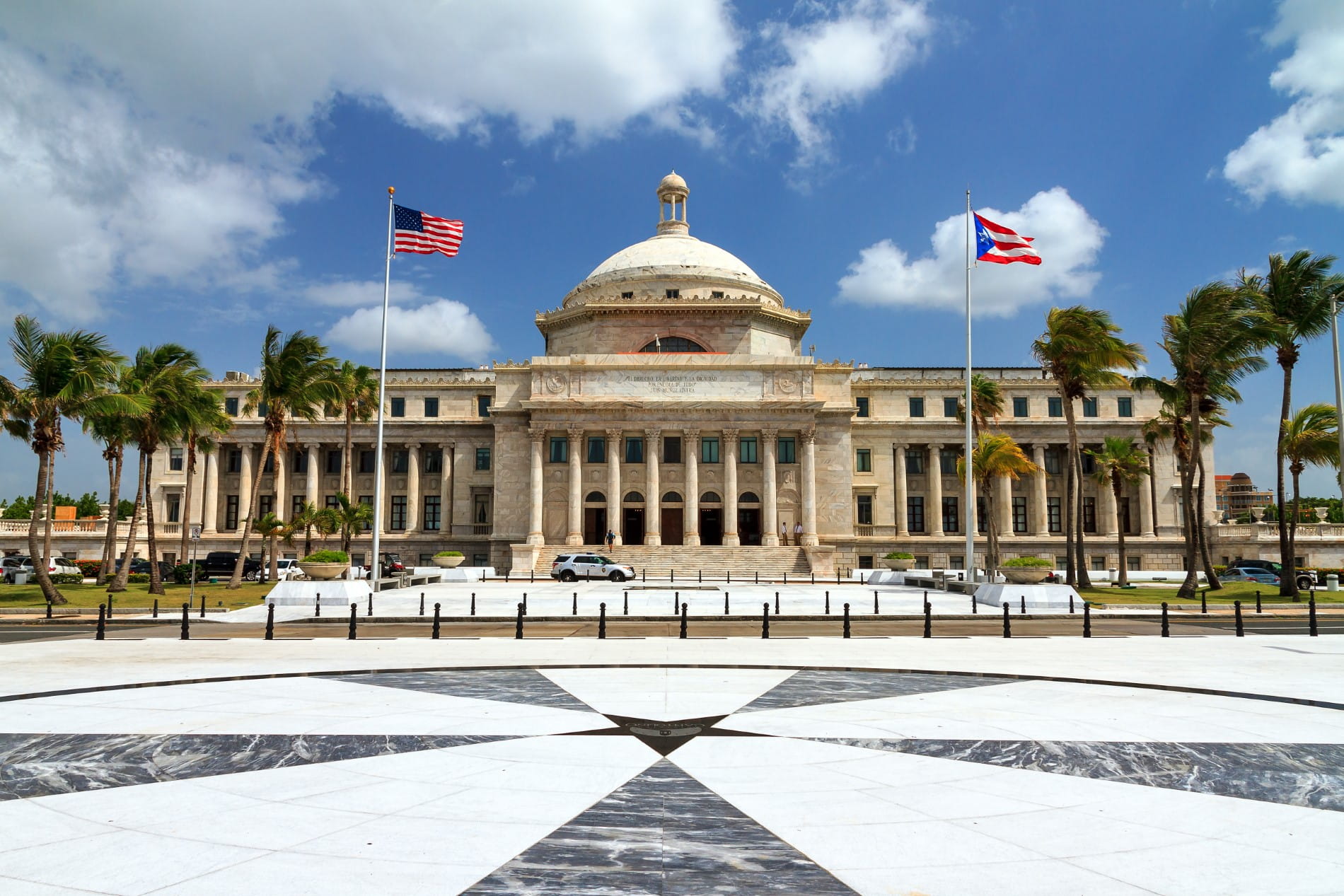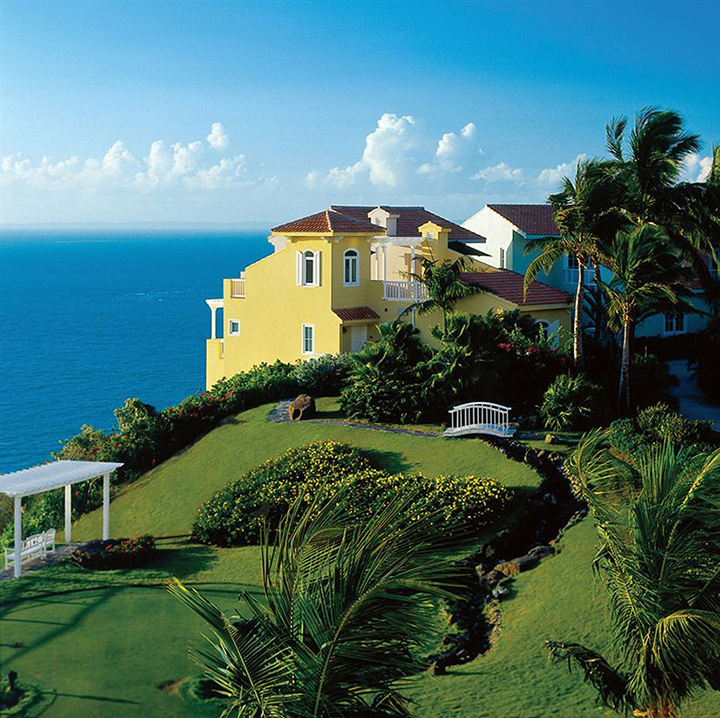Hedge fund billionaire John Paulson has been buying a lot of sand lately — specifically, Puerto Rican sand. Despite Puerto Rico’s massive debt crisis, Paulson sees big profits ahead. He has plowed “quite a bit” — an estimated $1.5 billion — of his personal wealth into buying hotels, a resort and office buildings on the island. Paulson compares Puerto Rico today to Miami in the 1980s.”It’s similar to that period in Miami’s history,” Paulson said Thursday at the Puerto Rico Investment Summit. “There was a lot of real estate on the beach, lots of abandoned buildings and vacant lots. That was definitely the best time to buy [in Miami].”
Below are some selected articles:
http://caribbeanbusiness.com/paulson-buys-harbour-lakes-in-palmas-del-mar/
Paulson & Co. Inc., a New York-based investment firm, has acquired Harbour Lakes in the Palmas del Mar resort community located in the municipality of Humacao, Puerto Rico, the firm announced Thursday. The acquisition consists of 149 condominium units offered for sale, from 1,637 square feet (sq. ft.) to 2,045 sq. ft., 3 bedrooms, 2.5 bathrooms.
http://money.cnn.com/2016/02/12/investing/puerto-rico-john-paulson/
Despite Puerto Rico’s massive debt crisis, Paulson sees big profits ahead. He has plowed “quite a bit” — an estimated $1.5 billion — of his personal wealth into buying hotels, a resort and office buildings on the island. Paulson compares Puerto Rico today to Miami in the 1980s. “It’s similar to that period in Miami’s history,” Paulson said Thursday at the Puerto Rico Investment Summit. “There was a lot of real estate on the beach, lots of abandoned buildings and vacant lots. That was definitely the best time to buy [in Miami].”
The hedge-fund manager said he’s still considering moving to the Caribbean island from New York after flirting with the idea in 2013. Beautiful weather, real-estate opportunities and tax breaks have resulted in Paulson buying luxury hotels and a 326,000 square-foot (30,286 square-meter) office building in San Juan’s financial district, he said during the 2016 Puerto Rico Investment Summit in San Juan on Thursday. He plans to expand his St. Regis Bahia Beach Resort and develop new condominiums in the Condado neighborhood of San Juan. He already owns a home and an apartment on the island.
http://www.bloomberg.com/news/articles/2016-02-11/john-paulson-says-he-s-still-considering-move-to-puerto-rico-ikiv6c1w
“I came here because I think they’ve hit bottom,” said Tennenbaum, 80, who manages assets of over $6 billion and moved to the island two months ago on Paulson’s urging. “In a democracy, it takes a crisis for change to take place.”Tennenbaum plans to form a corporation under Puerto Rico’s Act 20, which gives businesses that move to the island a 4 percent corporate tax rate and exemptions on dividends and property taxes. He also plans to create a merchant bank. On Thursday, the island received a lift from one of its biggest cheerleaders, John A. Paulson, the billionaire hedge fund manager, who is investing $20 million for the San Juan Beach Hotel.
http://www.nytimes.com/2014/09/07/realestate/puerto-rico-luring-buyers-with-tax-breaks.html
And it is true that Puerto Rico is a bargain. At the St. Regis Bahia Beach, for example, arguably some of the most expensive real estate in Puerto Rico, condos with oceanfront views are priced at around $600 a square foot; in Miami, a similar unit would cost around $2,000 a square foot.Over the last 10 months, the St. Regis Bahia Beach sold nine condos, priced at $800,000 to $1.6 million, all to American buyers, according to Paulson & Company. The resort is also constructing six oceanfront villas, priced at $10 million to $12 million; two have already sold.
http://www.nytimes.com/2015/07/24/business/dealbook/john-paulsons-hedge-fund-to-buy-another-puerto-rico-hotel.html?_r=0
Paulson & Company, Mr. Paulson’s $20 billion hedge fund, has agreed to renovate the San Juan Beach Hotel and turn it into an “ultraluxury boutique hotel” over the next few months, the Puerto Rico Department of Commerce and Economic Development said. Mr. Paulson has been buying real estate on the island for years. He is building a home there and has acquired some of the island’s most exclusive hotels, including the Condado Vanderbilt Hotel, La Concha Renaissance Hotel and Tower, and the St. Regis Bahia Beach Resort.
http://www.wsj.com/articles/some-investors-bet-on-puerto-rico-hotels-1438092464
Some Investors Bet on Puerto Rico Hotels. Fund manager John Paulson boosts his stakes; Blackstone cuts back. Puerto Rico’s worsening debt crisis only seems to whet the appetite of a small but devoted group of distressed investors.
http://www.bloomberg.com/news/articles/2014-06-26/paulson-s-puerto-rico-paradise-lures-rich-fleeing-taxes
Paulson is betting that millionaires will come in droves. In his presentation, in which he forecast that Puerto Rico would become “the Singapore of the Caribbean,” he said he plans to develop residential and office properties to go beyond the current high-end offerings. Since the first homes were built in 2007 by BBP Partners (BBP) – a joint venture between two of Puerto Rico’s leading real estate developers, Interlink Group and Muñoz Holdings – more than $125 million worth of residences have been sold at the resort and the $150 million St. Regis Bahia Beach Resort opened in 2010. Paulson is acquiring a majority interest in Bahia Beach through a comprehensive recapitalization. The firm has roughly $18 billion under management and has offices in New York, London and Hong Kong.
http://www.reuters.com/article/usa-puertorico-paulson-idUSL2N0QL20Q20140815
U.S. hedge fund Paulson & Co is upping its bet in Puerto Rico real estate with the purchase of an office building in San Juan’s financial district from American International Group Inc .The 326,000 square-foot building is the latest real estate purchase for the $23 billion hedge fund on the Caribbean island where Paulson & Co is betting on an economic turnaround. He owns 8.6% of Banco Popular, the island’s largest bank.
